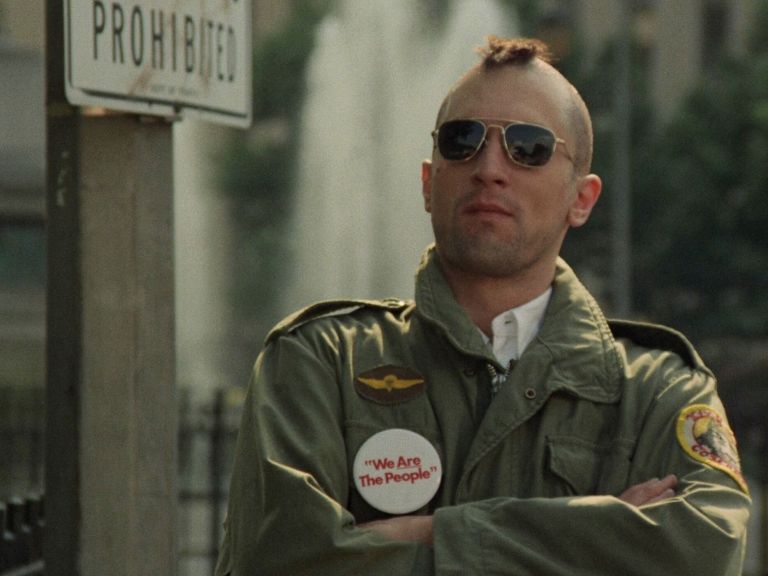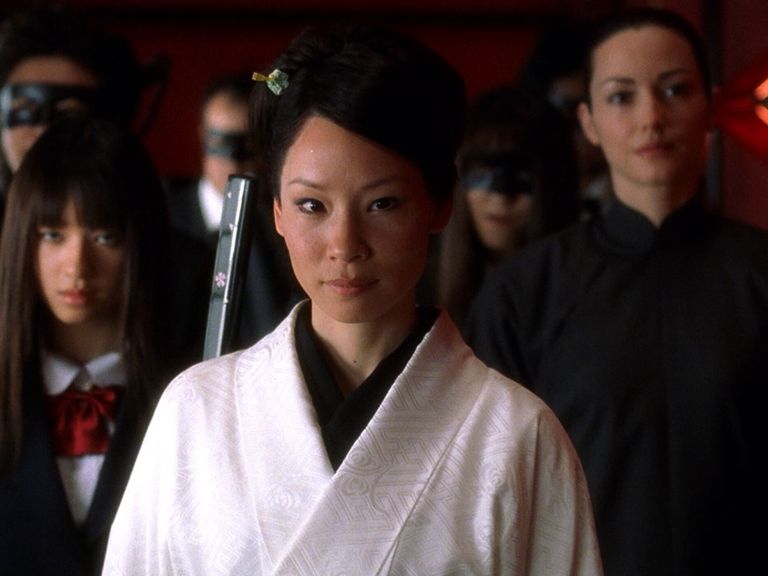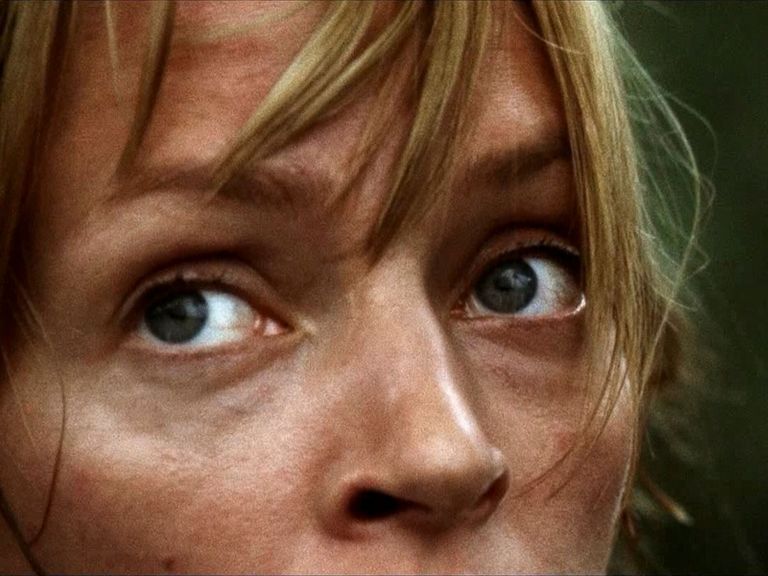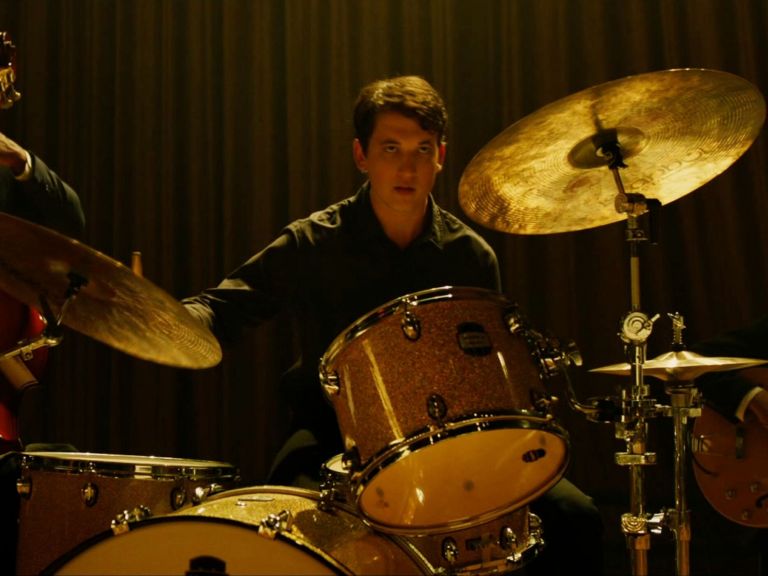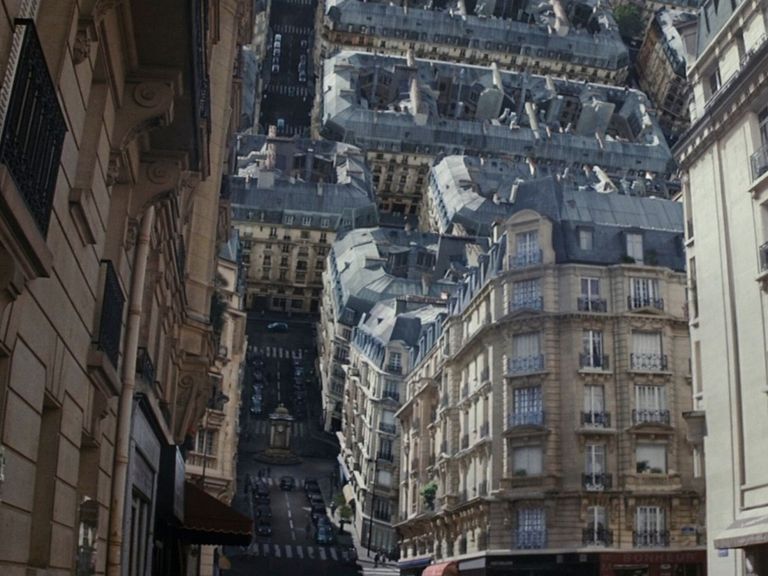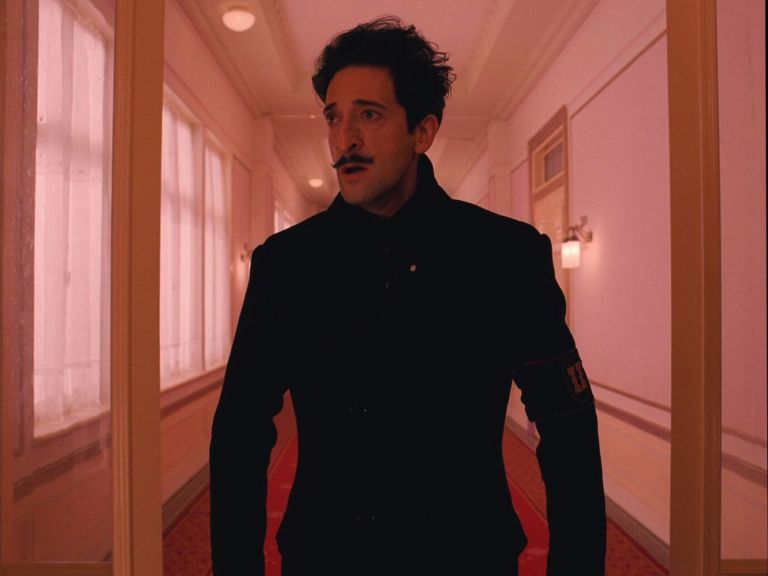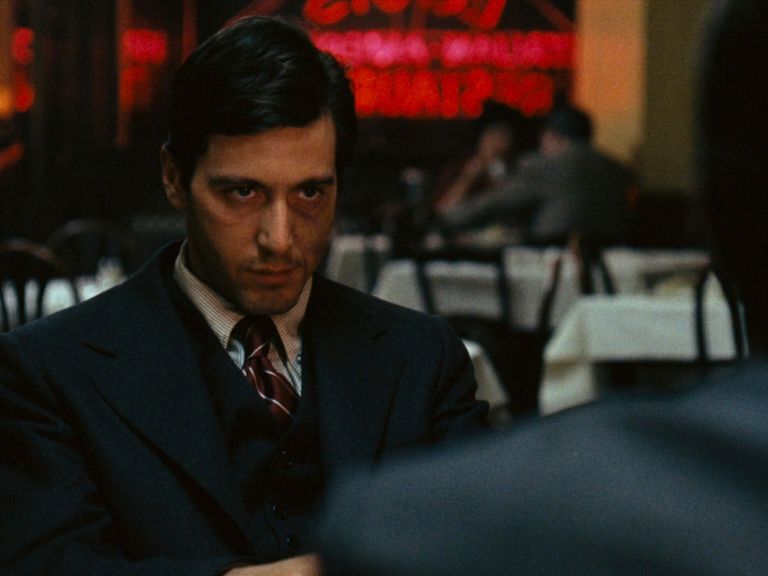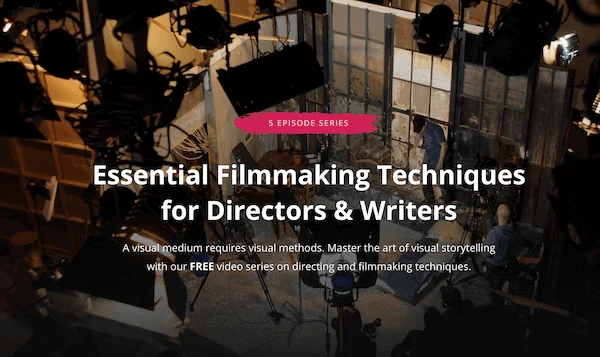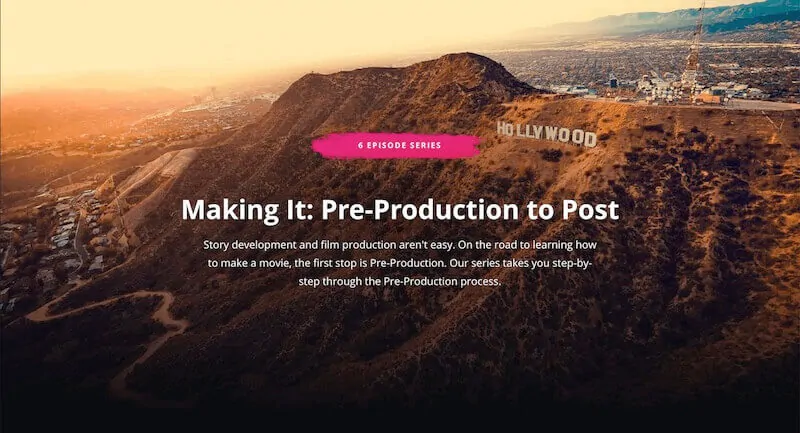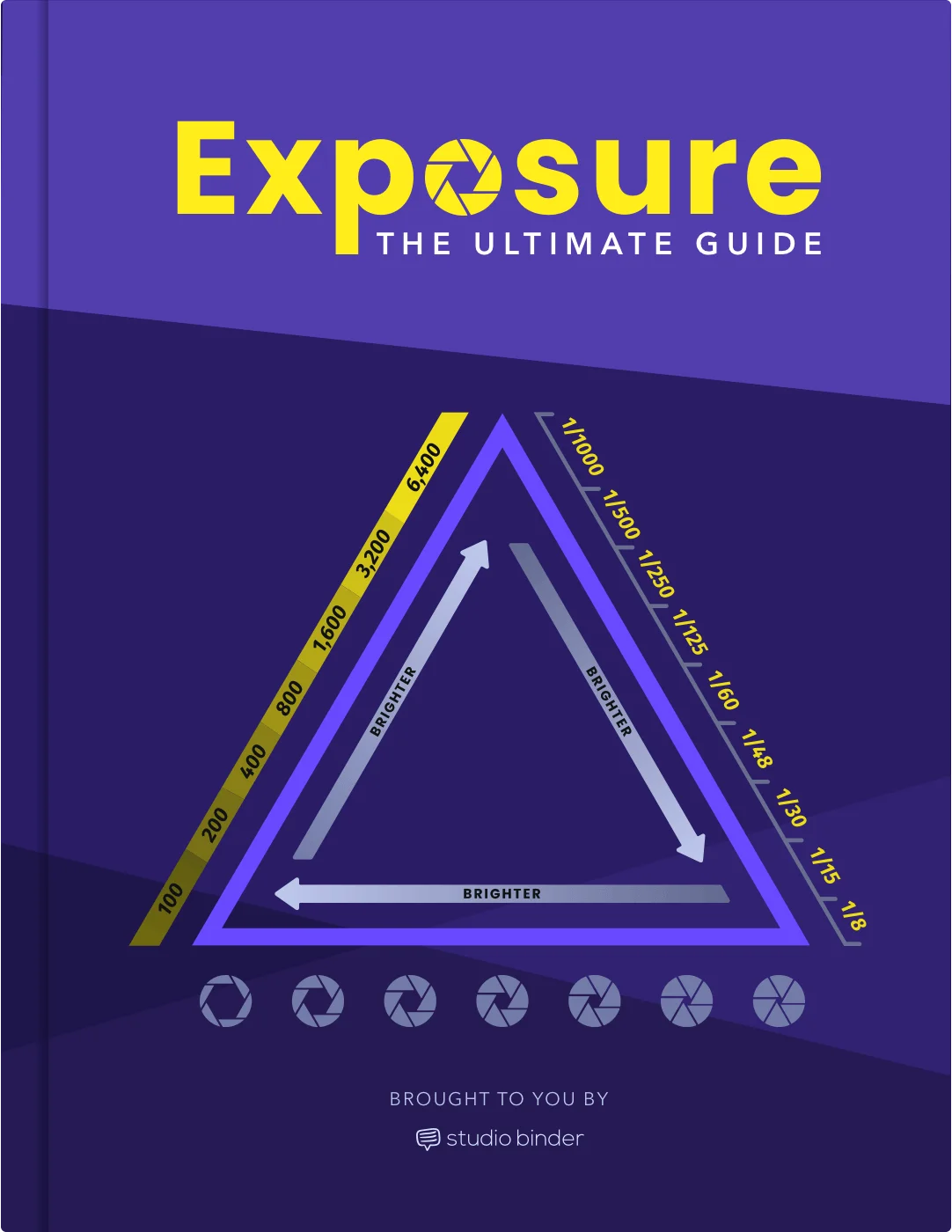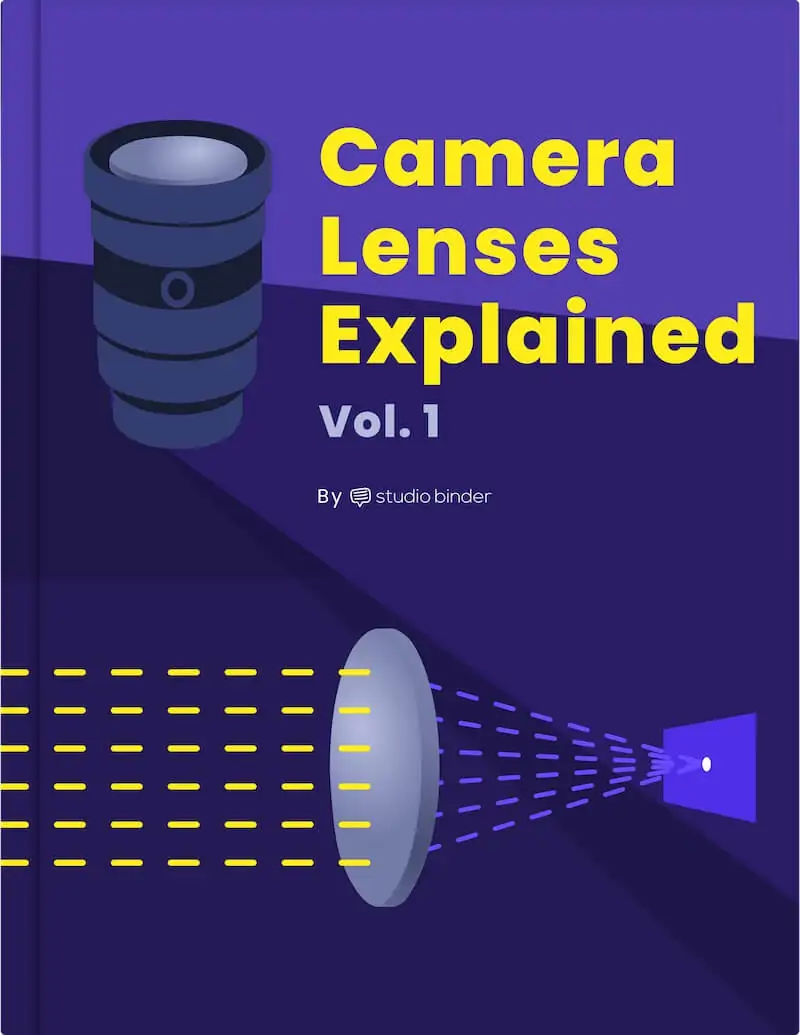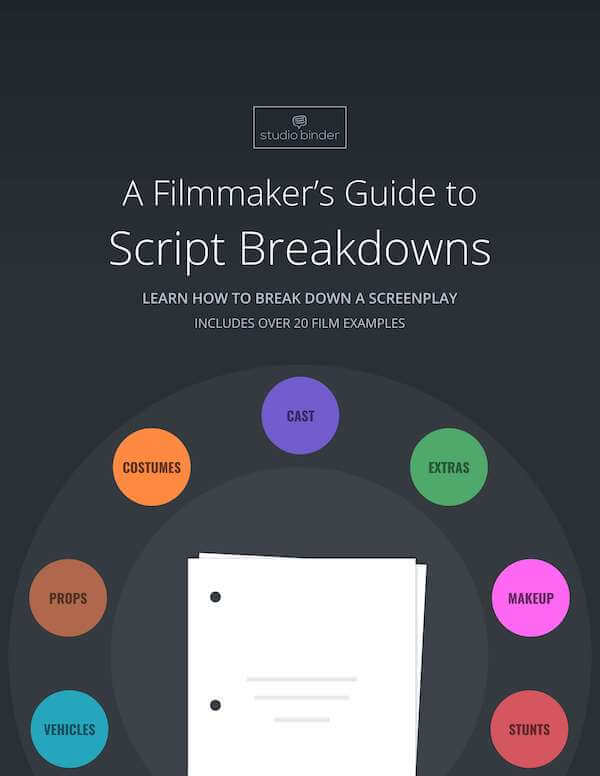home → Camera Movements → Pedestal ShotSearch for:Search Button— The —Pedestal ShotThere is a wide variety of camera shots. Some involve placement of the subject, some involve moving the lens, and others involve how the camera itself moves. Pedestal shots involve moving the camera itself. Read on to learn what a pedestal shot is, and how to incorporate it into your work. VideoExamplesArticlePedestal shot definitionWhat is a Pedestal Shot?Let’s explore a pedestal shot’s meaning: A pedestal shot, sometimes called a boom shot or vertical tracking shot, is when the camera itself is moved up or down without tilting the lens. For an in-depth…
home → Camera Movements → Tracking ShotSearch for:Search Button— The —Tracking ShotTracking shots are a common way for the camera to follow the action in a film. Read on to learn what tracking shots are, and why you might use them in your projects.VideoExamplesArticleTracking shot definition filmWhat is a tracking shot in film?A tracking shot is when the camera moves to follow a subject. Usually, this is on a dolly, but you can do a tracking shot without a dolly by using a Steadicam or a handheld rig. Tracking shots have the camera follow the characters as they move, as opposed to…
home → Camera Movements → Dolly-Zoom ShotSearch for:Search Button— The —Dolly Zoom ShotLearn the ins and outs of the dolly zoom shot, including its meaning, when and why to apply its surreal warping effects within a scene, and some of its most compelling examples.VideoExamplesArticleDOLLY ZOOM DEFINITIONWhat is a Dolly Zoom Shot?A dolly zoom refers to a filmmaking effect where the camera physically pushes in or away from a subject on a dolly, while simultaneously zooming in the opposite direction. So, if the dolly is moving the camera closer, then the camera’s lens will zoom out (or vice versa). Through this combination of…
home → Camera Movements → Zoom ShotSearch for:Search Button— The —Zoom ShotGet to know the zoom shot film technique, from the meanings it can impart, how to apply it, and some of its most effective examples.VideoExamplesArticleZOOM SHOT DEFINITIONWhat is a Zoom Shot?A zoom shot creates the illusion of moving closer or further away from a subject. This is achieved, not by physically moving the camera, but by adjusting the focal length of the camera’s lens. A ‘zoom in’ moves in on a subject, while a ‘zoom out’ moves away, creating distance from a subject.To explore this technique further, check out our full…
home → Camera Movements → Dolly ShotSearch for:Search Button— The —Dolly ShotFamiliarize yourself with the dolly shot, beginning with its meaning, how it’s used, and examples of its most striking effects.VideoExamplesArticleDOLLY SHOT DEFINITIONWhat is a Dolly Shot?A dolly shot refers to a type of camera movement in filmmaking where the camera is attached to a wheeled platform called a dolly. The dolly moves along the surface of a track on the ground, which allows for a seamless and fluid motion capture that can’t be achieved through a handheld shot. Typically, dolly shots allude to the mechanism itself, the dolly, being used to…
home → Camera Movements → Whip Pan ShotSearch for:Search Button— The —Whip Pan ShotAll you need to acquaint yourself with the whip pan shot in film, including its meaning, when to apply it, and examples of how and why it works.VideoExamplesArticleWHIP PAN DEFINITIONWhat is a Whip Pan Shot?A whip pan shot (also referred to as a swish pan, whip pan transition, or pan whip transition) is one of many variations of the pan shot, a technique where the camera is locked down in one spot, typically on a tripod, and then swivels horizontally, left or right. A whip pan is simply a…
home → Camera Movements → Tilt ShotSearch for:Search Button— The —Tilt ShotAll you need to know about the tilt shot in film – examples, the meanings it can impart, and how to implement it. VideoExamplesArticleTILT SHOT DEFINITIONWhat is a Tilt Shot?A tilt shot is a filmmaking technique where the camera moves vertically (up or down) while rooted in a fixed position, typically on a tripod. If the camera lens is your eyes, and the tripod your legs, your head moves up or down to look at new visual information while your legs keep planted on the ground.To further expand your understanding of this…
home → Camera Movements → Pan ShotSearch for:Search Button— The —Pan ShotEverything you need to know about the pan shot in film, including a pan shot definition, how to do a pan shot, and specific panning shot examples.VideoExamplesArticlePAN SHOT DEFINITIONWhat is a Pan Shot?A pan shot camera movement occurs when the camera pivots horizontally, left or right, while keeping anchored in one place. Typically, the camera is mounted on a tripod while the operator moves it at any preferred speed to reveal more information in a scene. A panning shot can be combined with many other types of shots, but what defines…
home → Camera Movements → Static ShotSearch for:Search Button— The —Static ShotCinematographers like to follow the action, but sometimes, the most effective storytelling happens when the camera stays still. This is where a static camera shot comes in. But what is a static shot in filmmaking?VideoExamplesArticleStatic shot definitionWhat is a static shotWhat are static shots in film?A static shot is a shot without any camera movement. A static shot camera stays still, not moving during the shot. Static shots can also be called a fixed shot, a locked-off shot, or an immobile shot. While things inside the frame can move (for example,…
home → Camera Movements → Push-In ShotSearch for:Search Button— The —Push-In ShotSome of cinema’s most iconic moments are the product of a push-in shot. Read on to learn what this shot is and when to use it. VideoExamplesArticlePush-In Shot definitionWhat is a Push-In Camera Shot?A push-in shot is a type of shot where the camera moves physically closer to the subject, either with a dolly or Steadicam. Filmmakers chose this shot to focus the audience on something specific. Sometimes, this is to emphasize or exaggerate the emotions of a scene or character, or maybe to focus the audience on a specific or important…
